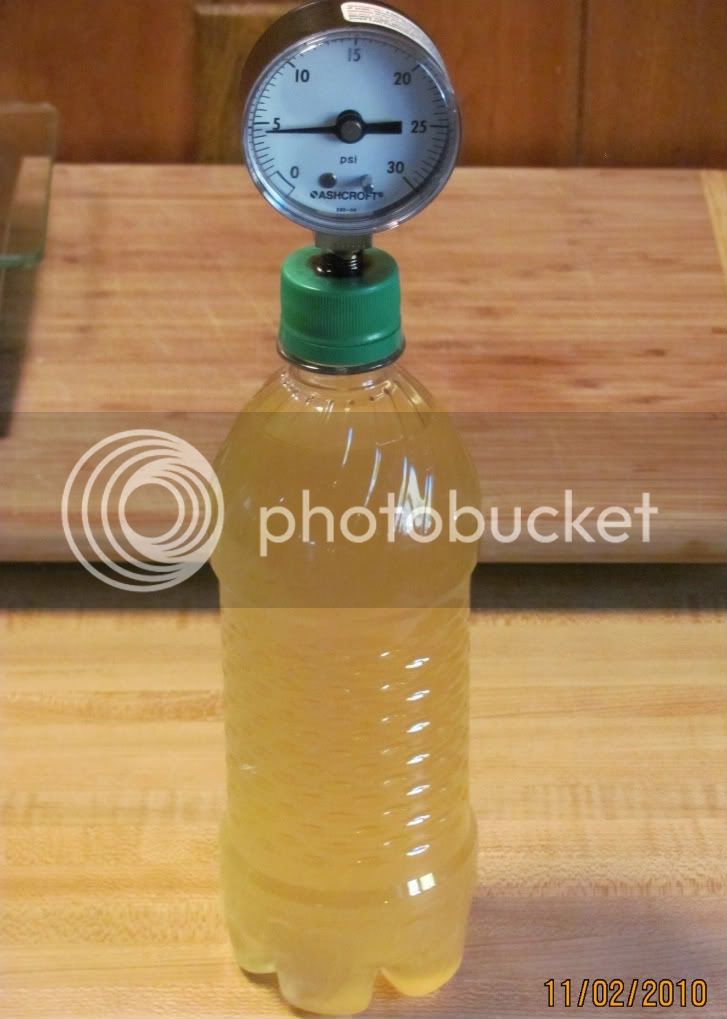This is because during carbing, the pressure can go above 30 or 40 PSI. I have a thread in the cider forum where I did several tests bottle carbing sweet hard cider. There is allot of data there if your interested.
I have a bottle with a pressure gauge on it. I recorded pressures during the carbing process. This is how the data was generated. I also recorded pressures while pasteurizing the cider.
I recently bottled some lager I made. I also filled my gauge bottle and my lower pressure gauge bottle pegged at 35 PSI as that was the limit of the gauge. It probably ended up in the 40's, but no way to tell for sure.
When we bottle condition beer, we are really simulating force carbing like the keg folks do. We cause a ferment by adding sugar. This creates a high pressure in the bottle. CO2 doesn't like to dissolve in a warm liquid. We then put some bottles in the fridge. The temperature of the liquid drops and the CO2 then begins to dissolve in the liquid.
It seems to take several days at fridge temperatures for the CO2 to fully saturate the liquid for a maximum saturation for that liquid temperature.
While the CO2 is moving into the liquid, the pressure slowly drops. I've monitored this process as well with the pressure gauge.
Pressures go way higher than folks think while bottle conditioning. In the following data, I carbed sweet hard cider and stopped the carbing and then pasteurized the cider when the bottle was at 22 PSI. My Lager went above 35 PSI. The data doesn't show the extremes the pressure rises with beer as I stopped the cider at 22 PSI, but it would have continued if i hadn't stopped it.
The gauge bottle has a nice side effect, it tells you when your bottles are conditioned as the pressure rise stops. I then throw them in the Fridge to cold condition for several days before I open. The gauge also tells you when they are carbed as the pressure drop stops. Pretty basic really.
https://www.homebrewtalk.com/f32/bottle-carbing-idea-final-data-review-205862/




